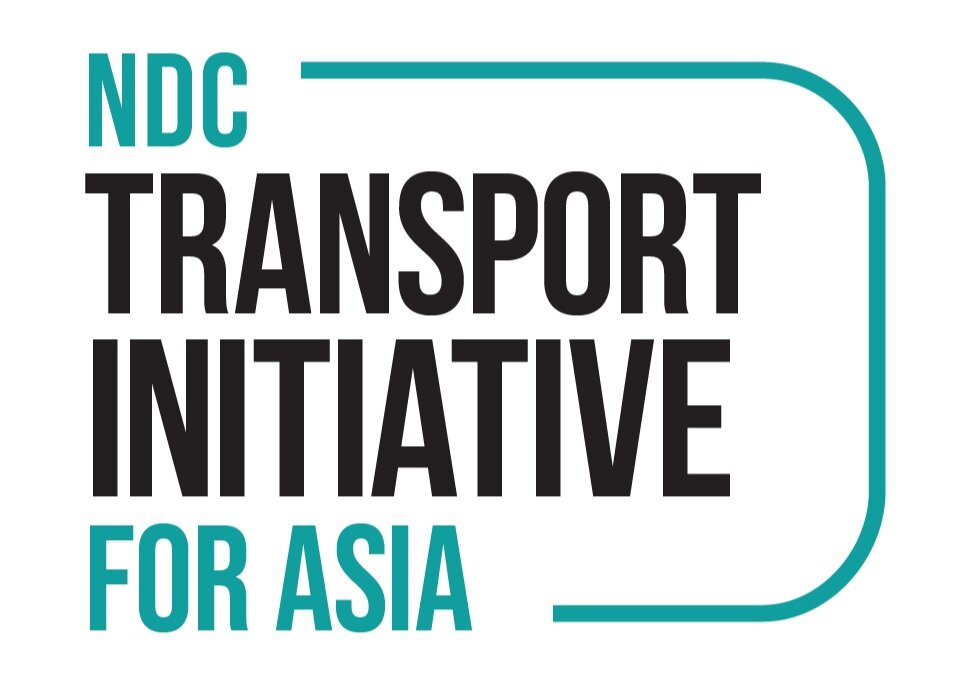Changing the Demand Preference for Electric Vehicles in Ho Chi Minh City: Costs and Benefits From Incentives in the Early Stages of Adoption
This paper evaluates potential costs of implementing financial incentives for electric vehicles (EVs); specifically purchase subsidies and registration rebates offered in HCMC and the benefits related to individual savings and GHG emissions reductions. The analysis indicates that implementation could deliver net-positive benefits during the early stages of EV adoption in HCMC. Overall, the analysis shows that incentives to make EVs more cost-competitive, along with support for the deployment of charging stations, will be crucial for increasing EV adoption in HCMC.
Key Findings:
Electric mobility is a key strategy to mitigate greenhouse gas (GHG) emissions and generate individual and social benefits, especially in large cities like Ho Chi Minh City (HCMC).
Our analysis and evidence from leading EV markets show that incentives to make EVs more cost-competitive, along with support for the deployment of charging stations, will be crucial for deterring the use of ICE vehicles and increasing the purchase or use of EVs in HCMC.
Analysis indicates that implementation could deliver net positive benefits during the early stages of EV adoption in HCMC, with a benefit-cost ratio estimated at 1.86 (discounted at 2 percent) and 1.69 (discounted at 6 percent) over a period of eight years, which is equal to a net present value (NPV) of $275 million (discounted at 2 percent) and $190 million (discounted at 6 percent).
Each EV may generate around $76/year in net benefits (1.7 million VND) and $65/year in net benefits (1.4 million VND) using a discount rate of 2 percent and 6 percent, respectively.
HCMC officials should carefully evaluate the local vehicle market and consider budget feasibility when designing and implementing effective incentives to overcome the main barriers restricting EV uptake in the city.
Local policy needs the support of higher government levels, and the linkage between national and local policy is a key consideration as national policy can provide financial support to subnational governments to develop demand-based incentives.
Read more about this publication on wri.org.
Download publication (English)
Tải xuống Ấn phẩm (Tiếng Việt)

